In the field of mainstream display, the BATTLE about LED and OLED has never stopped. Although OLED has an absolute advantage from the current market trend, LED is still shouting and never admitting defeat. There is only one letter "O" between the two LEDs and OLEDs, what's the difference?
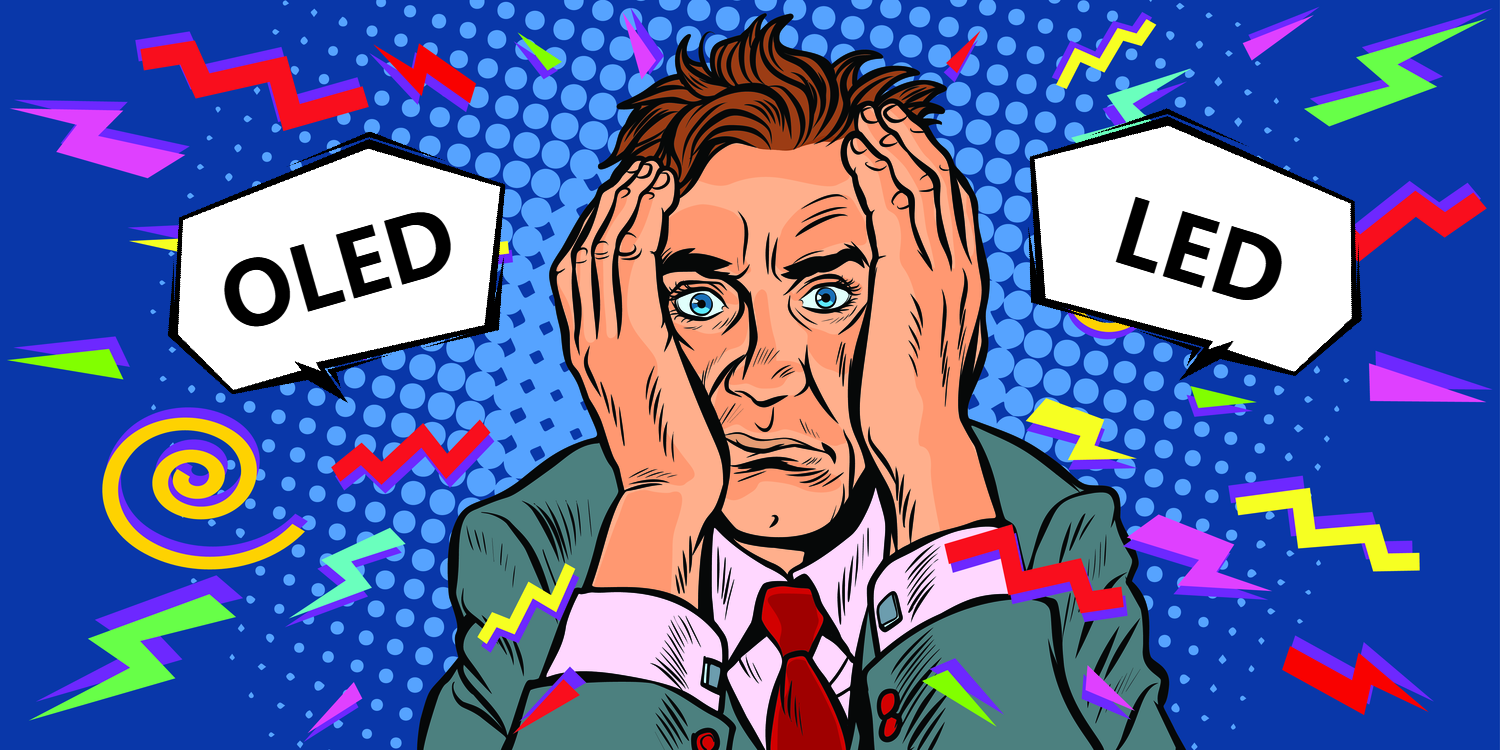
①Lighting principle
Light-emitting diode (LED) refers to one of the semiconductor diodes that can convert electrical energy into light energy, mainly including gallium arsenide LED (red light), gallium phosphide (green light), gallium nitride (blue light) and so on.
Both LEDs and ordinary diodes are composed of a PN structure and conduct unidirectional conduction. After the LED is energized, holes from the P region and electrons from the N region recombine near the PN junction, resulting in spontaneous emission of fluorescence. LEDs are mainly used in lighting, display, backlight and other fields.
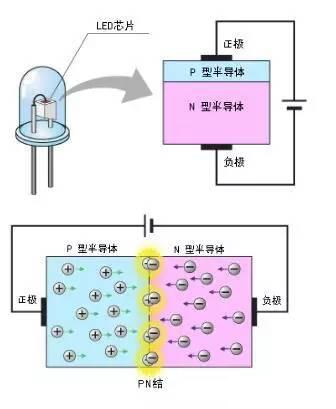
OLED
I have to mention the inherent advantages of OLED. It can emit light by itself, relying on a very thin organic material layer and glass substrate, as long as the current passes through, it can be bright, which is equivalent to a self-illuminating "small light bulb" without backlight and polarized light.
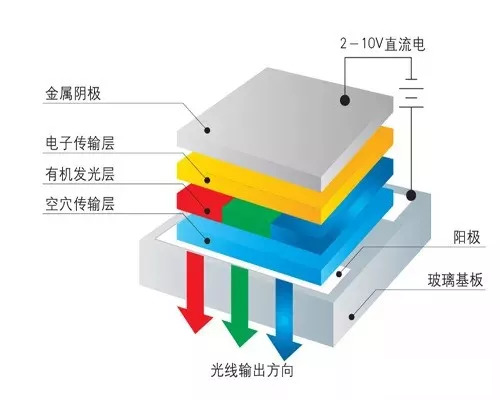
②Difference comparison
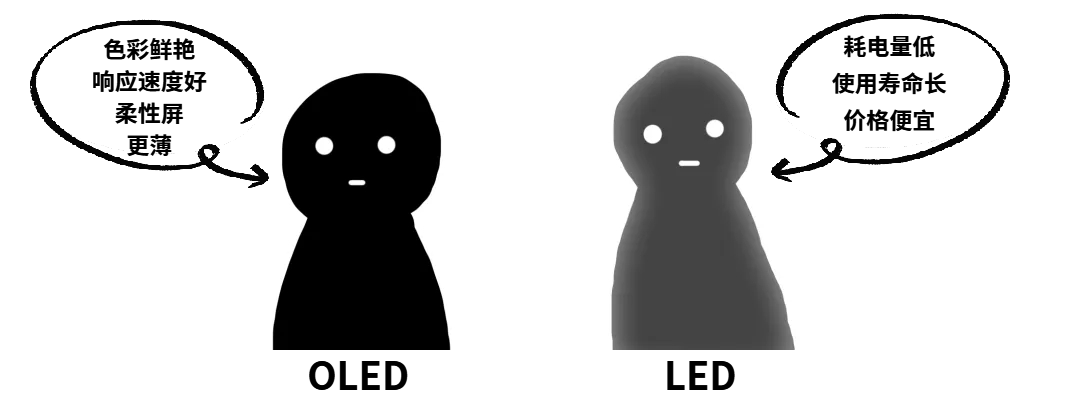
Disadvantages of OLED:
There is a "flash screen" problem. The lower the screen brightness, the more serious the screen flicker. And screen flicker has a certain impact on human eyes. At the same time, there is a fatal disadvantage - "burn-in", OLED screen is an organic material, the lifespan is not as good as the LCD screen of inorganic material, and the lifespan of blue light is lower than that of red and green light, and some pixels with longer working time are accelerated aging, resulting in the screen A "burn-in" phenomenon may occur.
Disadvantages of LEDs:
The LED package size is too large and cannot be applied to high DPI display scenarios. Color saturation and contrast are not as delicate as OLED. At the same time, LEDs cannot be as thin, bendable and foldable as OLEDs.
In the face of OLED's siege, LED can't sit still, and if they don't do something, OLED will dominate the world. At this time, Mini LED suddenly entered everyone's field of vision, but what is Mini LED? Next, I will explain it to you!
Next-Generation Display Technology: Mini LED
Mini LED refers to LED chips with a size of less than 250/300 microns, and the size is between small-pitch LEDs and Micro LEDs. Mini LED is the effect of small-pitch LEDs continuing to shrink in size. Mini LED technology is mature and mass production is feasible, and it is expected to be widely used in mid-to-high-end LCD backlights and LED displays, especially in TVs, notebooks, monitors and other fields.
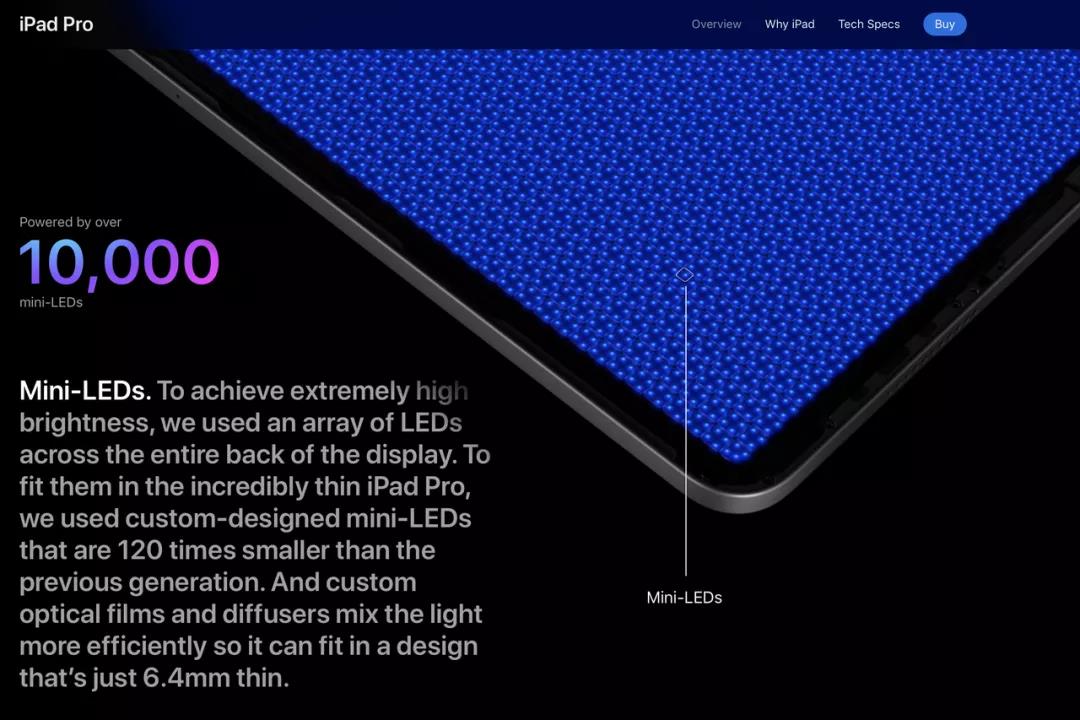
Each backlight "bulb" of Mini LED is very small, which can achieve more precise dynamic backlighting effect. While effectively improving screen brightness and contrast, it can also suppress the glare caused by traditional large bulb dynamic backlighting between bright and dark areas of the screen phenomenon.
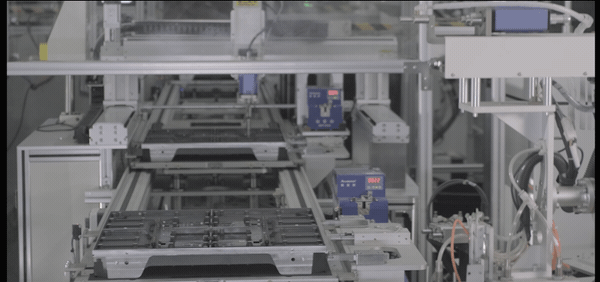
Source: Unilumin Mini LED Display Industry Base Automation Workshop
Mini LED advantages: superior performance and maturity
Mini LEDs perform better than small-pitch LEDs and are more mature than OLEDs.
Mini LED compared to small pitch LED
Mini LED achieves higher pixel density through smaller dot pitch, and the use of flip-chip COB or IMD packaging technology can further improve the problem of picture graining. At the same time, Mini LED can greatly reduce the use of substrate materials and reduce the proportion of material costs. According to reports, the consumption of 100μm LED crystal substrate is only 4% of that of 500μm crystal. On the other hand, indoor display products do not have high requirements for brightness. Mini LED can improve the high brightness problem of small-pitch LEDs and improve the grayscale display effect at low brightness.
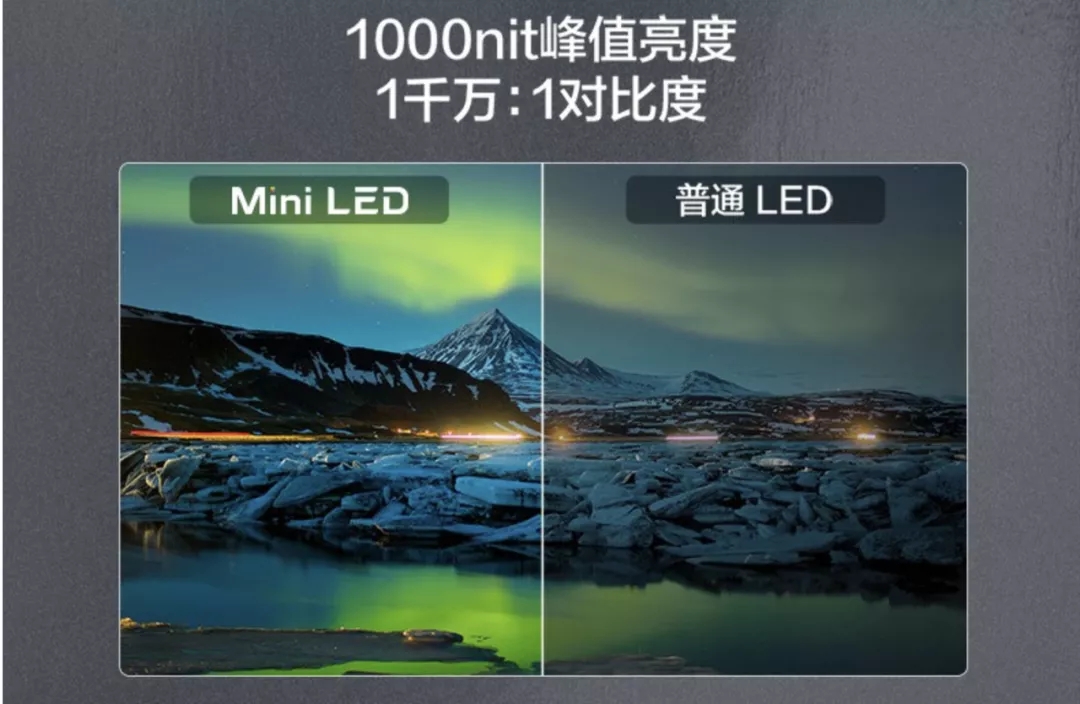
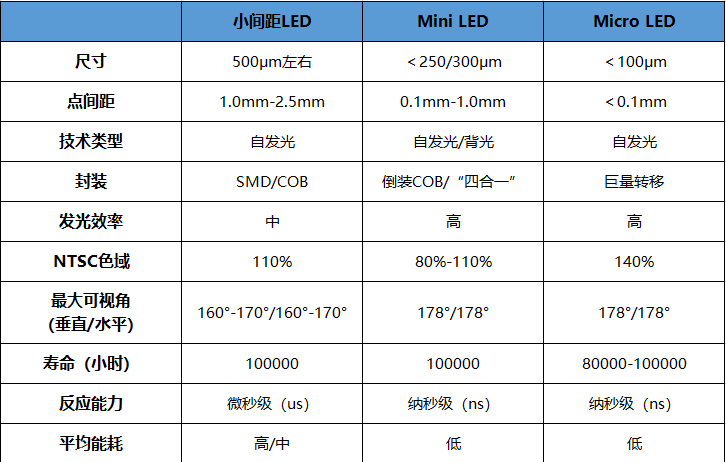
Mini LED compared to OLED
Although OLED has the advantages of flexible display, transparent display, high contrast, wide viewing angle, wide color gamut, light and thin, etc., the problem of short lifespan of mass-produced OLED blue phosphorescent materials has not been solved. At the same time, organic materials are prone to photo-oxidation reaction in the presence of water vapor and oxygen, so the precision of organic film forming technology and device packaging technology is high, which increases the cost of OLED. The Mini LED backlight not only achieves high resolution, high contrast, HDR, and flexible substrates, but also achieves excellent display performance with high-curved backlights. The cost of TVs using Mini LED direct-lit backlights will be 20%-30% lower than OLEDs.
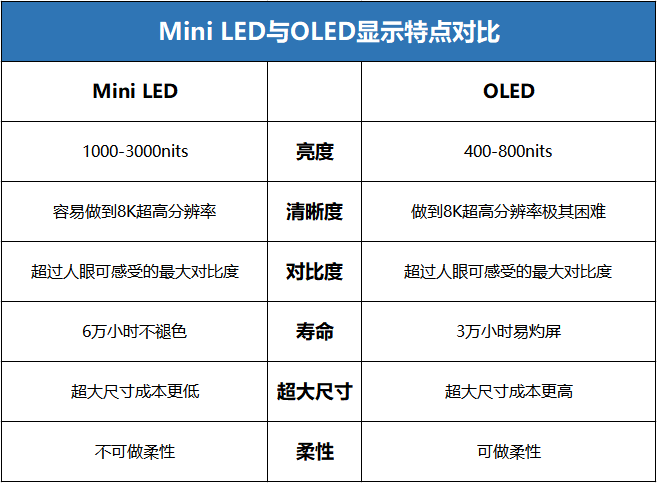
Mini LED-Explosive Period
At present, the Mini LED backlight solution has entered an explosive period. According to DigiTimes, APPLE plans to announce the launch of a redesigned MacBook Pro in September this year. The device will use Mini LED panels and come in 14 and 16 sizes. Samsung is also about to release its first Mini LED-backlit gaming monitor.
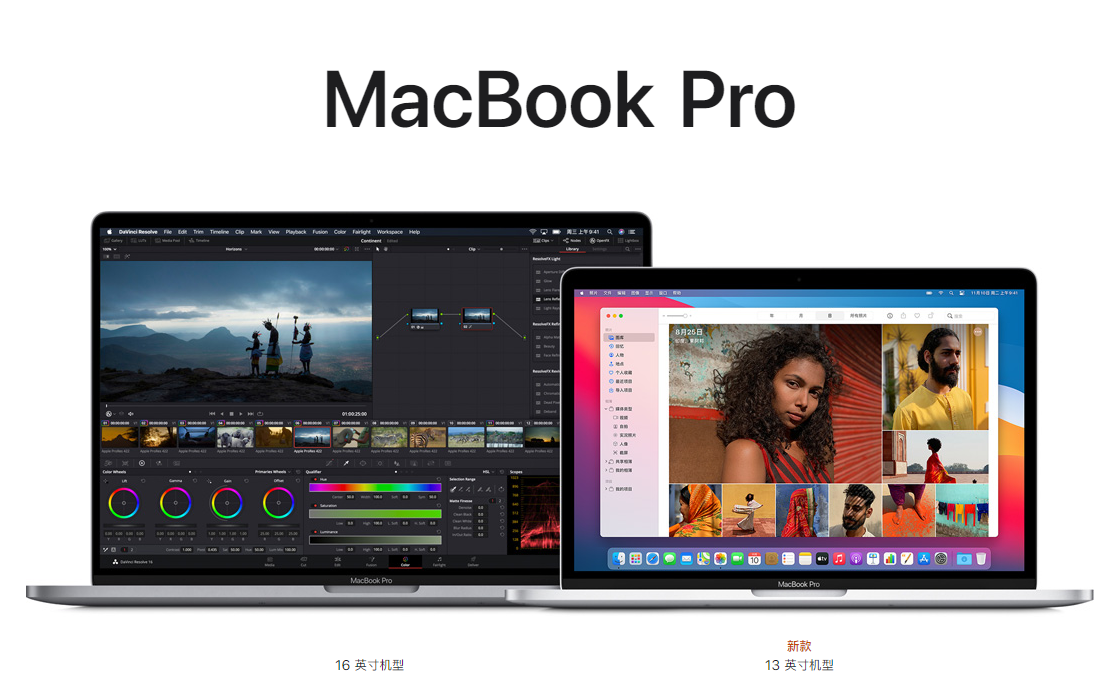
Huawei released the Huawei Smart Screen V75 Super on July 29. It adopts Huawei's self-developed Honghu SuperMiniLED precision matrix backlight solution. The area of the MiniLED chip (0.075mm2) used is only 1/1 of the area of the traditional LED lamp bead (9mm2). Up to 46080 MiniLED chips are placed under the 120, 75-inch screen.
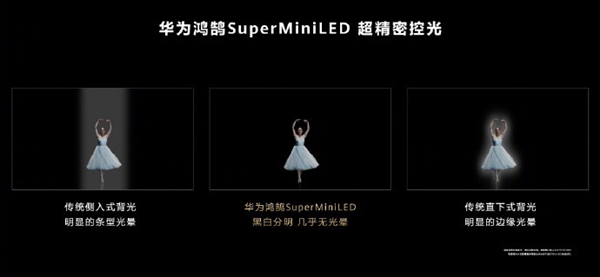
Due to the rapid growth of the LED industry, the market has higher and higher requirements for improving the luminous efficiency and arrangement density of products. And at present, Mini LED has not reached the stage of mass production. The introduction of plasma cleaning equipment in the industrial field can improve the yield. Plasma cleaning technology has become a rigid demand in the LED industry.
The next article will introduce the application of plasma cleaning technology in the Mini LED industry, so stay tuned!




